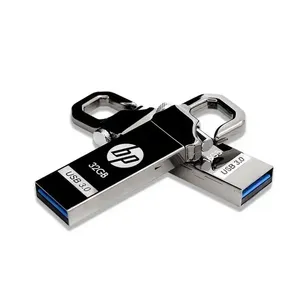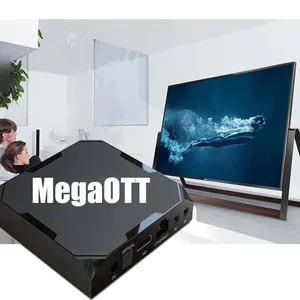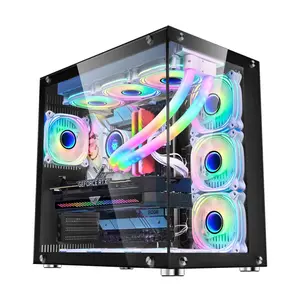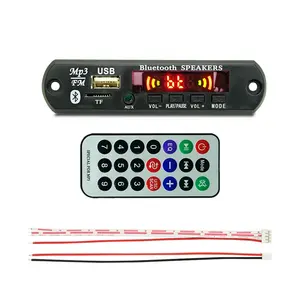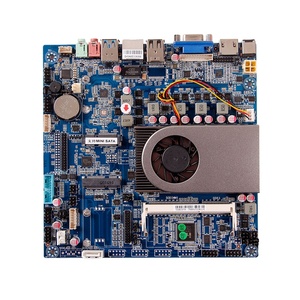Popular in your industry





















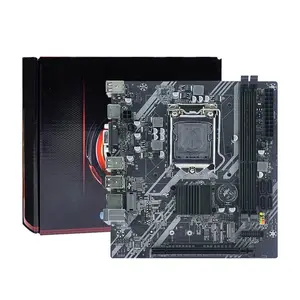

























Related Searches:

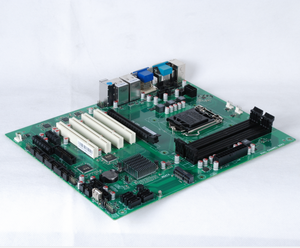

















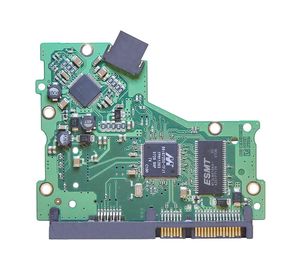














































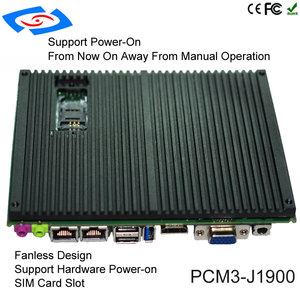













 Ready to Ship
Ready to Ship






























Top categories
About celeron processor motherboard
A Celeron processor motherboard is a printed circuit board that holds and interconnects key components of a computer system. The Celeron processor, a budget-friendly CPU, is designed to provide basic computing capabilities. The motherboard functions as the central communication hub, facilitating the transfer of data between the processor, memory, storage, and other essential components. A motherboard for an Intel Celeron processor features a socket that physically supports and connects the CPU. Additionally, it includes slots for RAM, connectors for storage drives, expansion slots for graphics cards, and other peripherals, such as USB and audio interfaces. The motherboard also integrates a chipset that manages data flow between components and supports features like USB, Ethernet, and audio.
Types of Celeron motherboard
The Celeron processor is a diverse family of CPUs, and motherboards are designed to support specific processor generations and form factors. The Asrock Celeron motherboards offer a cost-effective solution for various computing needs, from basic home use to light productivity. The Intel Celeron G5900, part of the 10th generation, is a dual-core processor with a base clock of 3.4GHz. The G5900T is a power-efficient variant, featuring a lower base clock of 3.2GHz. The Celeron G5900 supports DDR4-2666 memory, while the G5900T is compatible with DDR4-2400. The 10th Gen Celeron processors are based on Intel's Comet Lake architecture, supporting LGA 1200 socket. Therefore, the corresponding LGA 1200 Intel Celeron motherboards will be compatible with these processors. For example, the Asrock H510M-HDV is a Micro ATX motherboard compatible with 10th Gen Intel processors. It features an LGA 1200 socket, supporting Celeron, Pentium, and Core CPUs.
How to install a Celeron processor in a motherboard
The installation process requires proper handling to prevent damage to the components and ensure a successful build. Before installing the Celeron processor, the user should be aware of the CPU socket type. For example, the 10th Gen Celeron processors are compatible with the LGA 1200 socket. To open the socket, users should push down and out the retention arm on the side. The processor should be carefully aligned with the socket, ensuring the notches on the CPU match the socket alignment key. Gently lowering the retention arm secures the processor in place. After the processor is installed, a thermal interface material, such as thermal paste, should be applied to ensure efficient heat transfer between the CPU and the cooling solution. The heatsink and fan assembly are then mounted on the CPU, and the fan's power connector is plugged into the motherboard's CPU fan header.
